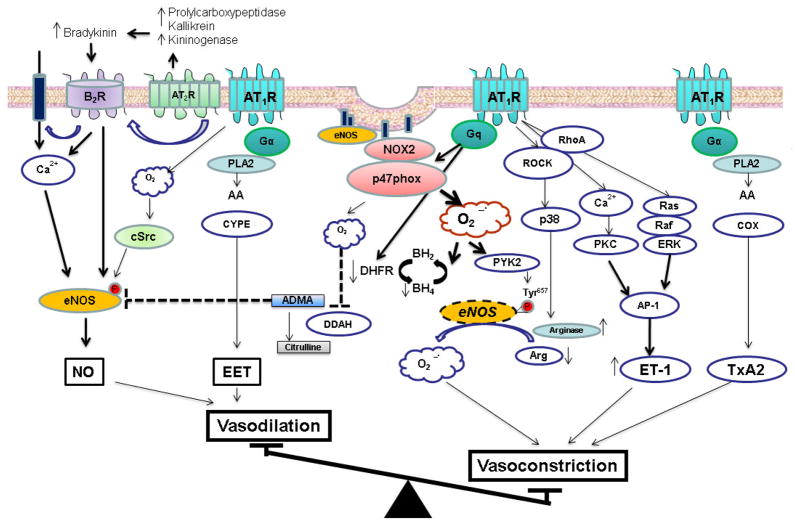Figure 2. Summary of endothelial signaling pathways involved in Angiotensin II modulation of vascular tone.
Angiotensin II activates AT1R and AT2R in the endothelium. Activation of the AT2R increases intracellular acidosis and plasma kallikrein levels which induces the release of bradykinin and binding to the bradykinin receptor (B2R). Bradykinin activates endothelial nitric oxide synthase (eNOS) to produce NO. AT1R activates NADPH oxidase, a major source for ROS production. ROS in small amounts activates cSrc that subsequently activates eNOS. Chronic AT1R activation leads to excessive ROS production that activates PYK2 to inactivate eNOS, reduces BH4 and L-arginine levels, increases cellular ADMA concentrations, and causes eNOS “uncoupling”. AT1R stimulates PKC and Ras/Raf/ERK pathway to increase ET-1 expression. Ang II-induced activation of PLA2 increases synthesis of vasodilator and vasoconstrictor prostanoids. AT1R, angiotensin II type receptor type 1; AT2R, angiotensin II type receptor type 2; EET, epoxyeicosatrienoic acid; AA, arachidonic acid; PLA2, phosholipase A2; PKC, protein kinase C; ROCK, RhoA kinase; ERK, extracellular signal-regulated kinase; PYK2; proline-rich tyrosine kinase 2; p38, p38 mitogen activated protein kinase; COX, cyclooxygenase; AP-1, activator protein-1; TxA2, thromboxane A2; NO, nitric oxide; ET-1, endothelin-1; BH4, tetrahydrobiopterin; BH2, dihydrobiopterin; ADMA, asymmetric dimethylarginine; DDAH, dimethylarginine dimethylaminohydrolase; DHFR, dihydrofolate reductase; and CYPE, cytochrome P450 epoxygenase.

